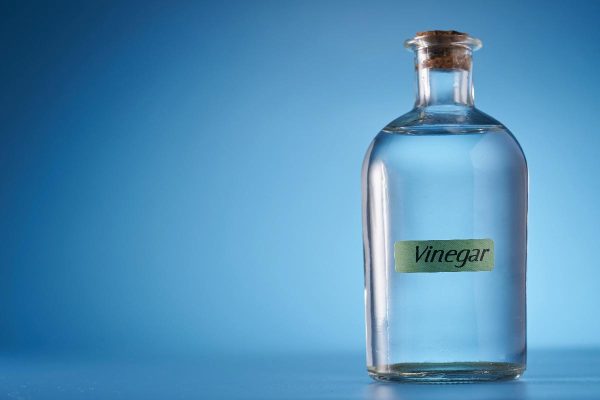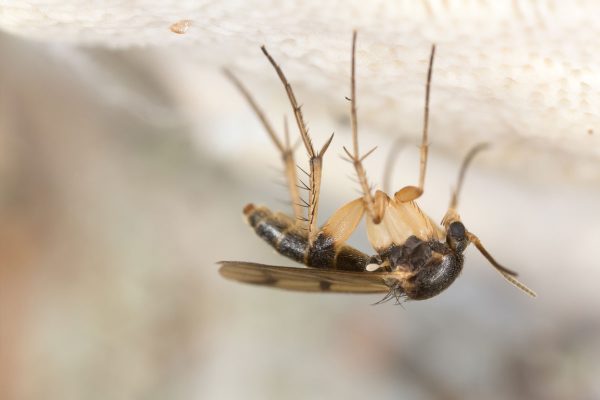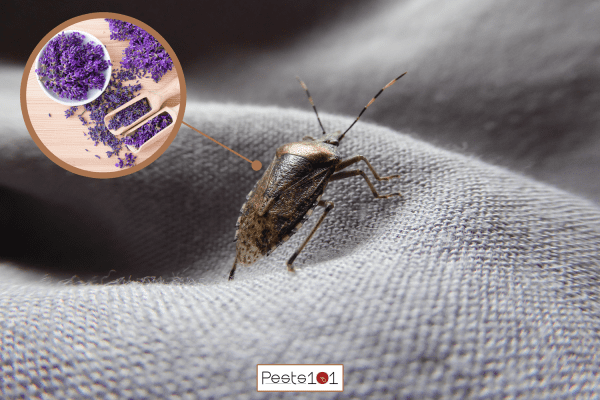Most of the time, the advertised pesticides cannot be used indoors for safety concerns. But how about neem oil that comes from nature itself? Would it be safe to use indoors and would it effectively remove pests in your home permanently? That's what we asked the pest experts and here's their answer.
Neem oil is safe to use indoors. Its level of toxicity is low so you can use it even with kids and pets around. It is an effective insecticide, fungicide, and foliar spray. Just make sure that it isn't ingested and minimize skin exposure to this substance to avoid any harm.
Keep on reading so we can address your safety concerns regarding the use of neem oil inside your home. We'll also tell you more about this natural oil extract and how it works. We'll also teach you how to use it safely for your plants. Let's get started!
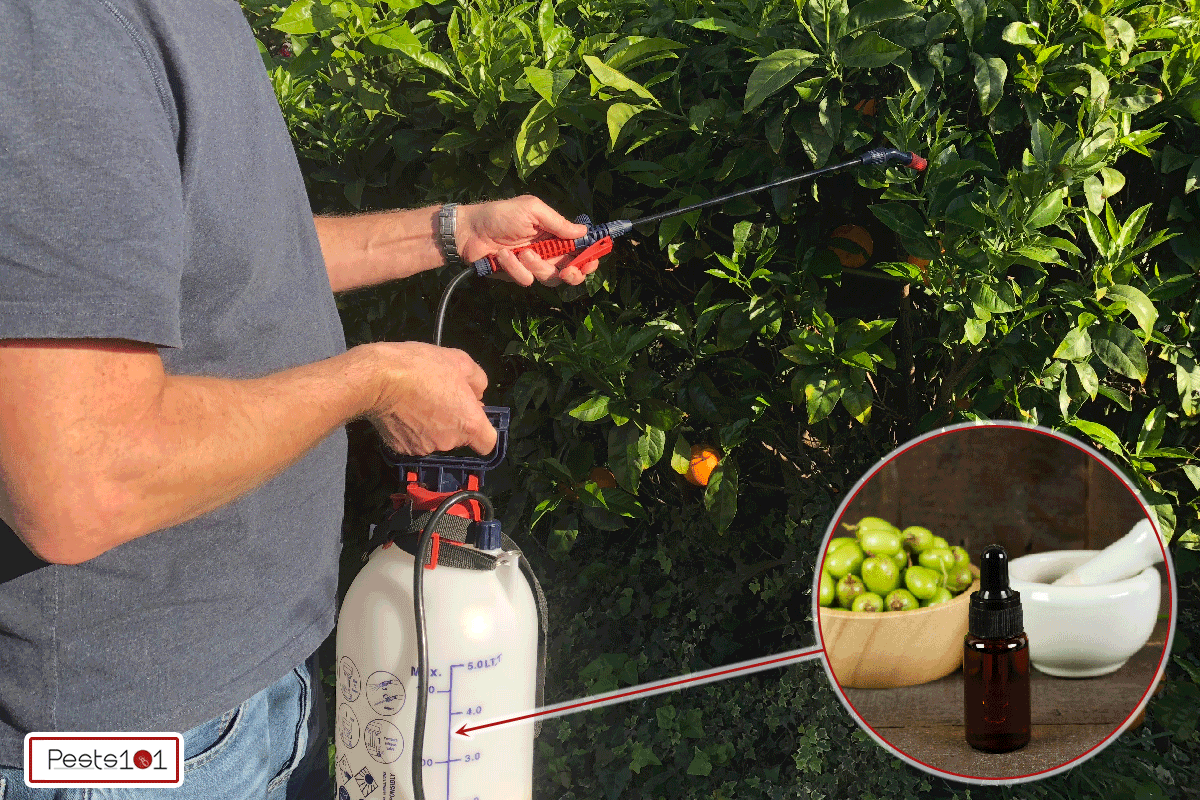
Is neem oil safe?
Pests can be found everywhere. But it is more challenging to get rid of them when they infest your home. Aside from the possible structural damage, they can also affect your health, the people around you, and your pets, too.
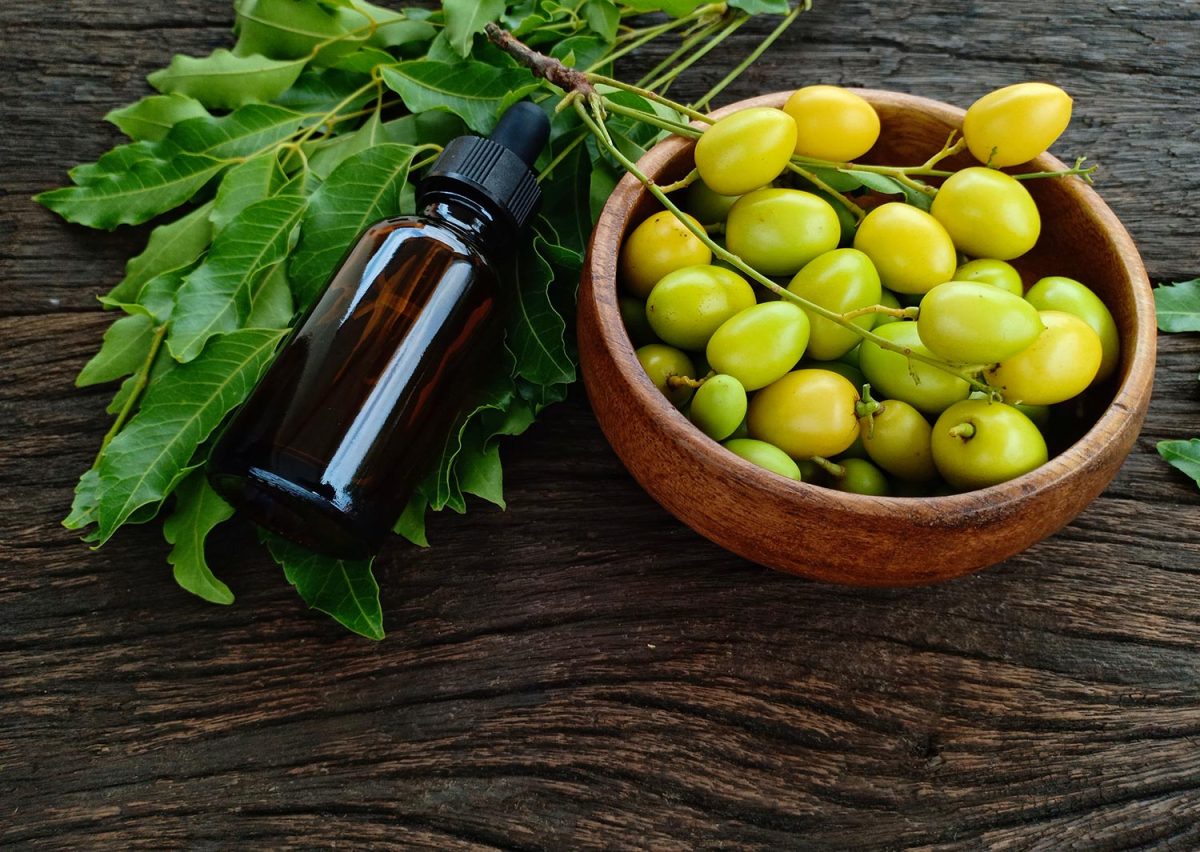
We all know that pest control is a must. But in your quest to get rid of pests inside your home, you have to look for a balance between effectiveness and safety.
Some insecticides that are guaranteed to be effective in killing pests have a very high toxicity. This means that they can have adverse health effects when ingested or inhaled which has a high probability of happening in an enclosed space such as your home.
Of course, you want to kill the pests and prevent them from coming back but there are certain limitations in your options since you have to consider your family's health. The pesticide has to be safe to use with humans and even pets around.
That's why homeowners look for pesticides with natural or organic ingredients in the hopes of significantly reducing the toxicity level making them safe to use in their home. And this is where neem oil comes in.
Neem oil is a blessing from Mother Nature herself. She might have known that the people would be needing a safe way to get rid of some of nature's creatures to restore order in the greater scheme of things.
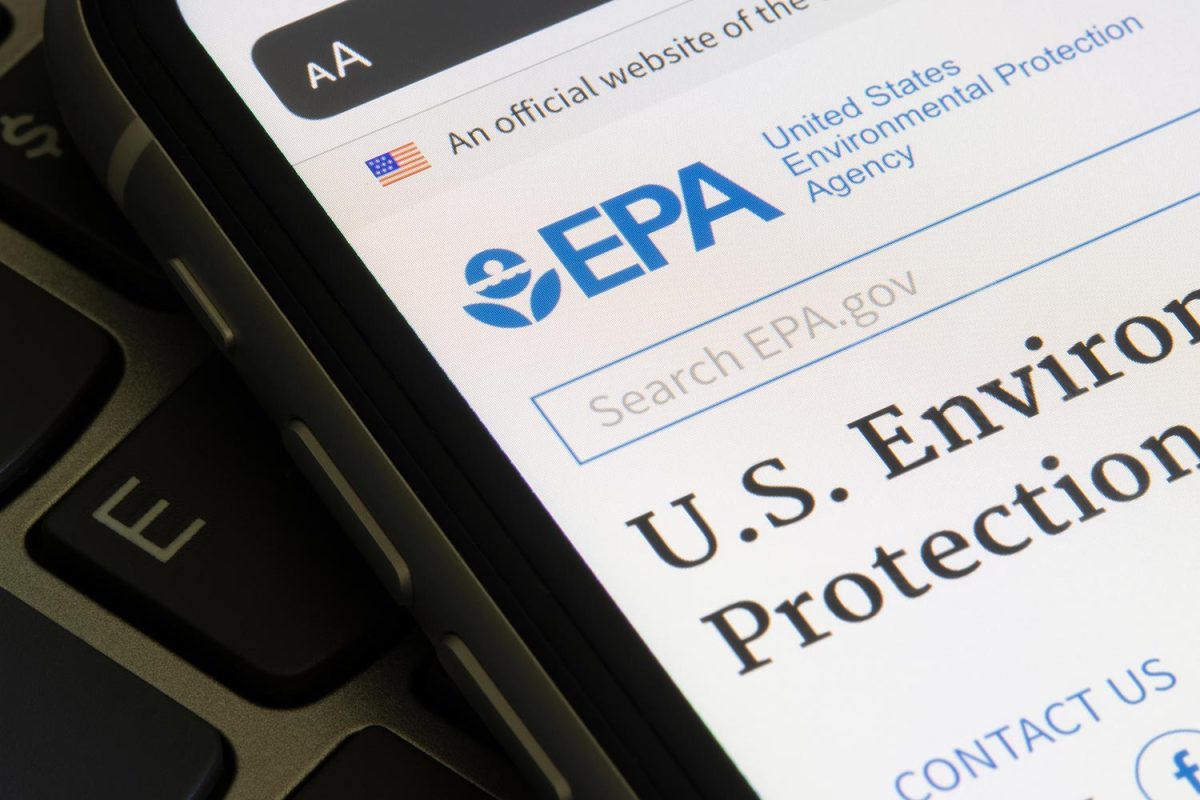
According to EPA (Environmental Protection Agency), neem oil is safe to use indoors as it has a low level of toxicity for humans, pets, and most beneficial insects. It can be used as a pesticide, fungicide, miticide, and foliar spray for your indoor plants.
Check out this ready-to-use neem oil spray on Amazon.
But of course, there are still some safety measures that need to be observed. Minimize skin exposure to this substance to prevent any allergic reactions such as contact dermatitis.
Make sure that it isn't ingested by people and pets around you. Consumption of neem oil in large quantities could lead to vomiting, metabolic acidosis, and liver damage. It could even cause encephalopathy or brain disease.
Follow the dosage recommendation on the product label. Some are ready to use while some need to be diluted in water to make them safe for indoor application.
When used properly, neem oil can help you eliminate and prevent pest infestation inside your home.
What is neem oil?
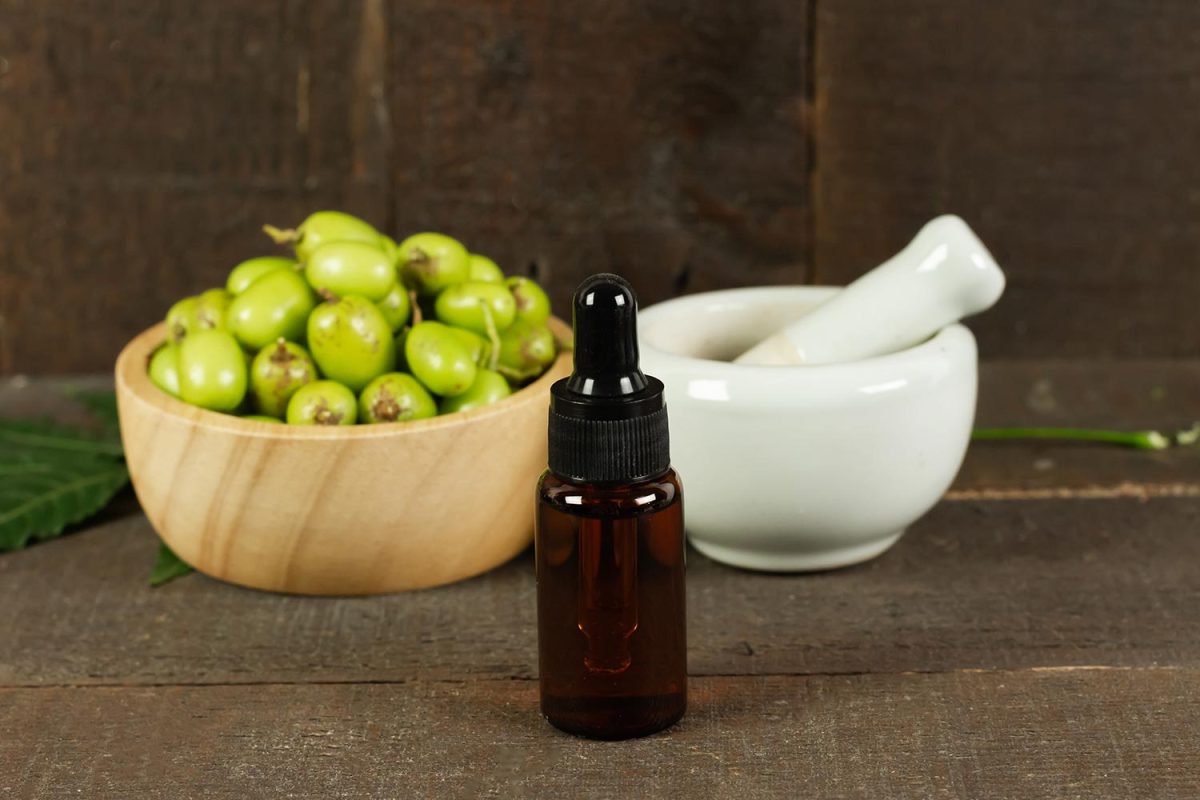
Neem oil is extracted from the Azadirachta indica tree. People have been using neem oil for centuries. It is used as an ingredient for medicines, cosmetics, waxes, and soap. It can also be safely used on food. This is proof of its low toxicity level as there have only been very few cases of adverse health effects on humans.
Neem oil contains active ingredients called limonoids. One of them is Azadirachtin which is known for its potent pesticide and anti-fungal properties. It leaves no dangerous residue in the soil and effectively reduces or kills pests, as well as prevents powdery mildew on plants.
Studies have also shown that neem oil has low toxicity for mammals, birds, and other wildlife although it can be slightly toxic to fish and some other aquatic beings. It also doesn't target beneficial insects like ladybugs, butterflies, and most bees. That's why it is safe to use neem oil indoors or outdoors.
Nowadays, neem oil is popularly used as a pesticide. It effectively kills aphids, Japanese beetles, whitefly, and moth larvae among others. It also works well as a fungicide to help you prevent mildew, root rot, black spots, and leaf spots.
How does neem oil work?
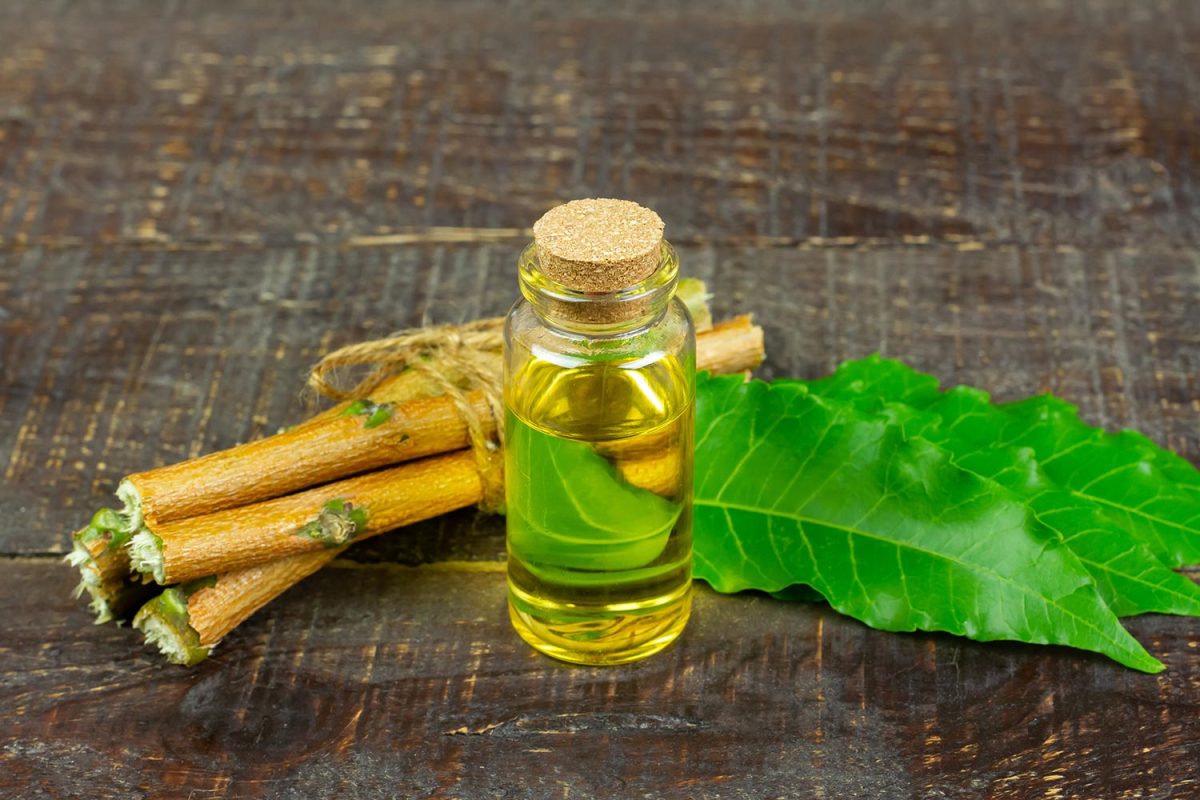
Neem oil is considered a systemic insecticide. It means that when you spray it on the soil and it reaches the roots, the plant will absorb it. Its active ingredients like Azadirachtin will then be distributed to the entire vascular system of the plant.
Once an insect takes a bite of the plant, the Azadirachtin and other limonoids will enter its system and affect its hormones.
As a result, there's a significant change in the insect's daily life cycle. It loses appetite for food and reproduction. It also prevents the maturation of larvae.
When sprayed directly on soft-bodied insects, the neem oil would coat the insect's breathing holes, suffocating it to death.
Neem oil also acts as a repellant to pests so that they would no longer come back to cause your plant any nuisance.
This essential oil's half-life in soil is up to 22 days and only up to 4 days in water. You can reapply the mixture as needed to address your pest infestation concerns.
How To Use Neem Oil
As mentioned above, there are different neem oil formulas that are available on the market. Some are ready for use while others would need to be mixed with certain ingredients like water, liquid soap, and other essential oils before application.
Always read the product label for proper information and instructions.
Click this link to find this 100% pure cold-pressed neem seed oil on Amazon.
For those preparing the mixture, it is best to do so on the day of your scheduled pest treatment. Make small batches at a time so that the product stays fresh and effective against insects and fungi.
Apply neem oil to the soil of the affected plant in the evening or where there's indirect light coming from the sun. This will prevent burning of the foliage and allow neem oil to settle in the plant. Don't apply under extreme temperatures. Coat the leaves with the oil completely for full effect.
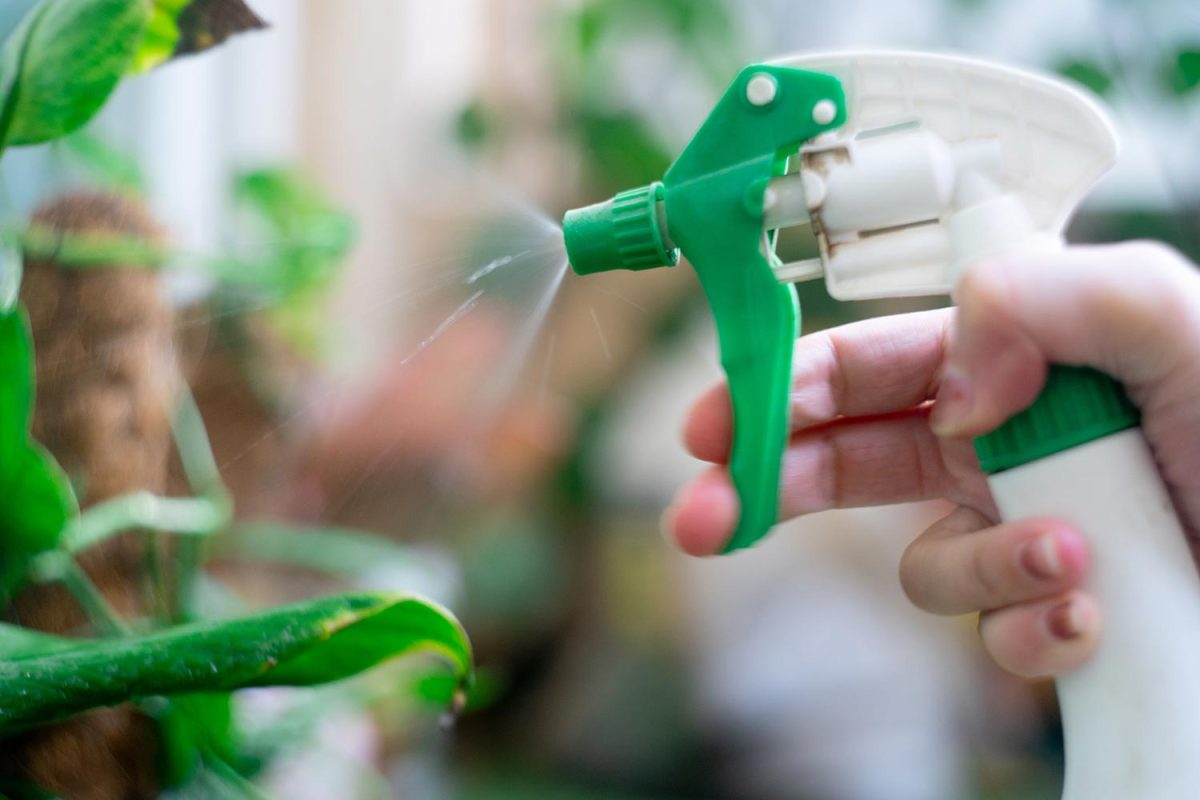
Be careful though because some plants, especially the young ones, might be sensitive to neem oil. It is best to test a small portion of a leaf first. Spray neem oil on it and wait for 24 hours to see if the leaf would react negatively. If the leaf was damaged, don't proceed with the application.
Depending on your need or purpose, you are encouraged to have it reapplied every week or twice a month to prevent the pest infestation from coming back.
Final Thoughts
Go ahead and use neem oil to solve your pest and fungal problems indoors. It is safe for your family and pets and will not only help you get rid of pests and fungi but also prevent them from coming back.
If you want to know more about how to manage pests at home, feel free to visit the following posts:



